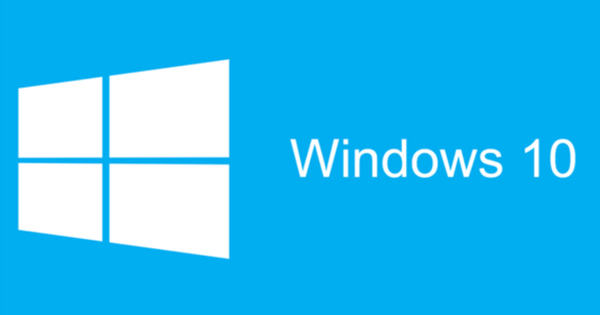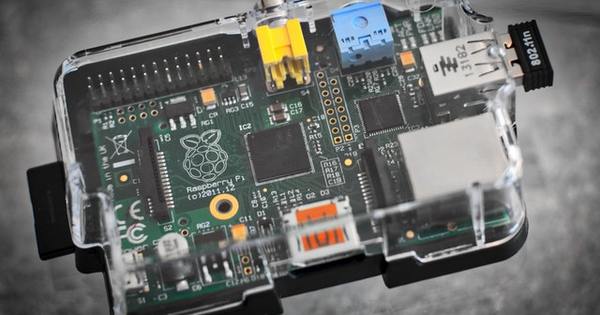Is it difficult to work with sound and music? Well, in this article we will give you solutions based on a few concrete examples for using music and sound effects, cutting audio, recording your own voice or making your own music. You don't need to have any experience making music or recording sound. Handy, for example, for music under your YouTube videos.
01 Find music
The solution? Look for music that you can use for your videos. There are plenty of sites where you can download a music file for a small fee that you can use for your video. Examples include Premiumbeat, Audiojungle, and Shutterstock Music. Keep in mind that a license to use a piece of music easily costs you ten euros. There are also free options, all you have to do is mention the creator of the music in the description of your video. Good options are www.bensound.com, http://dig.ccmixter.org, and www.freesound.org. The latter is actually a site for sound effects, but you will also find pieces of music there.
On Dig CC Mixter click tag search to search by genre, instrument and style. You can play a track or download it immediately by pressing the orange button. Here you can see which license the creator has selected. This is important to know, it says For non-commercial projects only, then stick to this. Not only is this fair to the artist, it also prevents you from getting into trouble later. below plain or HTML you will find options on how to name the creator in the description of your video. Copy this to your clipboard and add it to your video if you upload it to YouTube or other site. In principle, this also applies if you upload a video to, for example, Facebook.

Royalty Free Music Services
In this year's Computer!Total 4, we wrote extensively about royalty-free music services. You can find this article in digital form here.
02 Sound Effects
A good video also includes sound effects, the best website to download this is Freesound, we just mentioned it. You register with the service and can download effects without paying, but here you also have to take a good look at the license. Some files have a 0 as licensed, meaning it is available in the public domain. Other license types are attribution (by) and attribution noncommercial (by-nc). Bee by you must name the creator and you may also use the file for commercial purposes, at by-nc you may only use it for non-commercial projects. More information about the licenses can be found on Freesound or at www.creativecommons.org.
When using sound effects, it is very important that they are placed at exactly the right time. Just an example: in a video you give a virtual high-five to the viewer. Obviously there's nothing to hit, so no sound is heard. Here you need a sound effect. Search Freesound for clap or High five and download the file to your PC. Now in your video editing program you have to scroll through your video very slowly and find the right point where the high-five is given. At this precise point you now put down the sound effect.

03 Audio Cutting
You may need to edit a sound effect before you can use it. Let's take the example of the high-five again: this is a sound that is very short and an easy type of sound to edit because the waveform is clearly visible. We use this sound. You can already see from the waveform that the blow is not directly at the beginning of the fragment. Fortunately, this is easy to change.
For this we use the program Audacity, an audio editor that we have already discussed many times. The program is free, has many features and works quickly. Download it and open the file in the program. You want to cut away the part of silence at the beginning, it is useful to zoom in so that you only have the blow in front of you. With short sounds, it is very important that you do not cut too much at the beginning, because then you cut out the so-called impact of a sound: the first milliseconds of, for example, an explosion, a door or a bang. Select the start and choose in Audacity Edit delete.

04 Record your own voice
If you want to record your own voice, you need to do some preparation. First of all, of course you need a microphone, it is smart to spend a few bucks on a USB microphone. A good choice is the Samson Meteor for about sixty euros. If you want better quality and have a bit more to spend, the Blue Yeti is a very good option, with a street price of around 150 euros.
You also need to make sure you have a good place to record your voice. It is best to have a room with a lot of stuff in it, so that you don't absorb too much reverberation. A small office with bookcases against the wall is a good place, a large open living room often less so. Also, make sure you choose a place where you are not bothered by noise: no whining family members, speeding cars or cats meowing at the door.
Most video editing programs allow you to record your voice right away, but you can also use an audio program. Even in Audacity you can record your voice. In the settings, choose the USB microphone that you have connected. It is important that you set the input level correctly. You do this by speaking at your normal voice volume and clicking on the Audacity volume meters at the top. You will now see a bar that is green, yellow or red. If the bar is solid green while talking but does not go over halfway, you can slide the recording volume to the right of the microphone slightly to the right. If the meter goes yellow every now and then it's not a problem, but if the meter goes red it means the input volume is too high and you need to move the microphone slider to the left. This is very important, if you record when the recording meter is in red, your recording will be distorted. You hear creaks in the sound and this is virtually impossible to solve afterwards. Once you have set the volume, you can press the record button.

Fix recording
Prevention is better than cure, but if you do have a recording that contains clicks, crackles or other nasty sounds, you can try to solve this with Audacity. at the top at Effects find your tools like Click-deletion and noise reduction. The manual describes exactly how each effect works. You can also add effects here, such as reverb, echo and invert.
05 Make your own music
Do you want really unique music under your video? Then you can also get started making your own music. There are many free programs for this. On the PC, Cakewalk by BandLab is a good choice, the program has recently been revived and can be downloaded for free for Windows. Despite being free, it is packed with features. There are virtual pianos, drums and synthesizers, you can record audio with an external microphone and the program comes with music loops and plug-ins to edit your sound. Learning how to work with a program like Cakewalk, a so-called Digital Audio Workstation (daw), is something that takes a few days, but luckily there are many tutorial videos about Cakewalk and other daws on YouTube.
If you just want to make a nice beat or melody, you can install a free app like Drum Pads - Beat Maker Go, Music Maker JAM or Caustic 3 on your Android device. For iOS, you have many more options for making fun music. Some cool apps are Figure, Beatwave and Auxy. Most apps allow you to save your creations to the device or share it via email.


